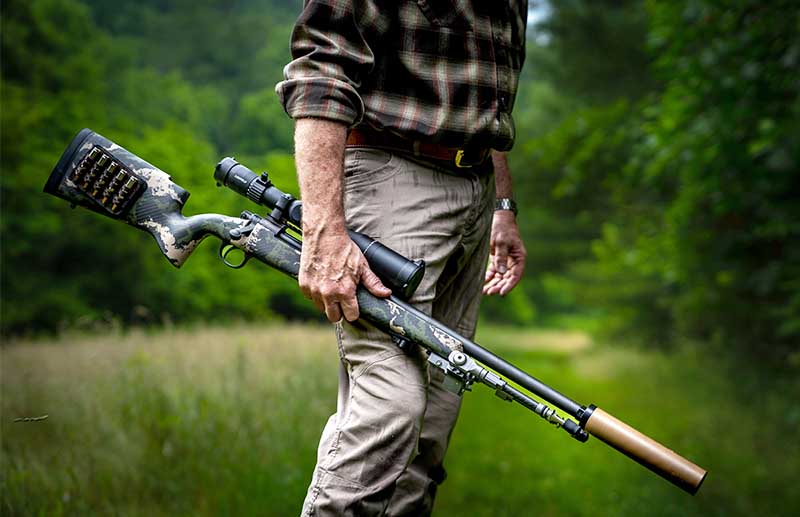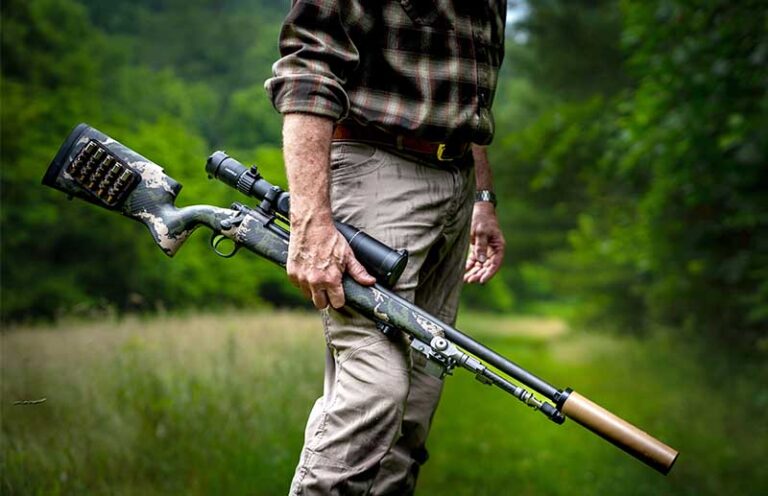
The ugly, the bad, and the very good of owning and shooting a suppressor.
Next to the 6.5 Creedmoor cartridge, the other firearm-related item that’s exploded in popularity this century has been the suppressor. In recent years, suppressor sales have increased as much as 40 percent annually. They have become so popular that almost all new rifles and many pistols now come with threaded barrels. In fact, currently, one of the most popular gunsmithing services is barrel threading.
But, like with just about everything in life, all the good that comes with suppressors also comes with some not so good. If you’re thinking about purchasing one, here’s a look at the ugly, the bad and the good, with some really good news at the end.
The Ugly
Because a suppressor is considered an NFA item, and is also apparently detested by half the politicians in America and by the ATF, in order to purchase one, you must complete some paperwork, undergo a background check, submit your fingerprints and photograph and then pay a $200 tax. This seemingly Rubik’s Cube-like process surrounding suppressor acquisition turns a lot of buyers off. Also, and unfortunately, this tax you pay isn’t treated like other Pittman-Robertson firearms and ammunition taxes that help fund hunter education and target ranges. The $200 tax goes directly into the federal government’s general fund that can be used for anything they want, like sending money to Ukraine.
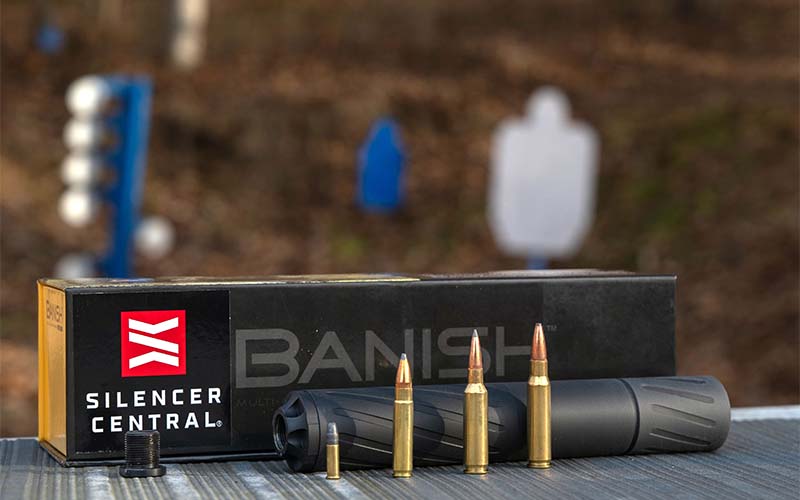
Fortunately, there’s a bill that’s just been written, and that should be introduced by the time you read this, that could correct some of this silliness. It allows for 85 percent of every $200 tax collected from the sale of suppressors to be allocated to the Pittman-Robertson Wildlife Restoration Trust Fund to support wildlife conservation, law enforcement, hunter recruitment and other related activities. Additionally, 15 of that 85 percent would be earmarked for the development, maintenance and operation of recreational shooting ranges. For 2023 alone, the expected tax collected would approach $200 million, and 85 percent of that is $170 million.
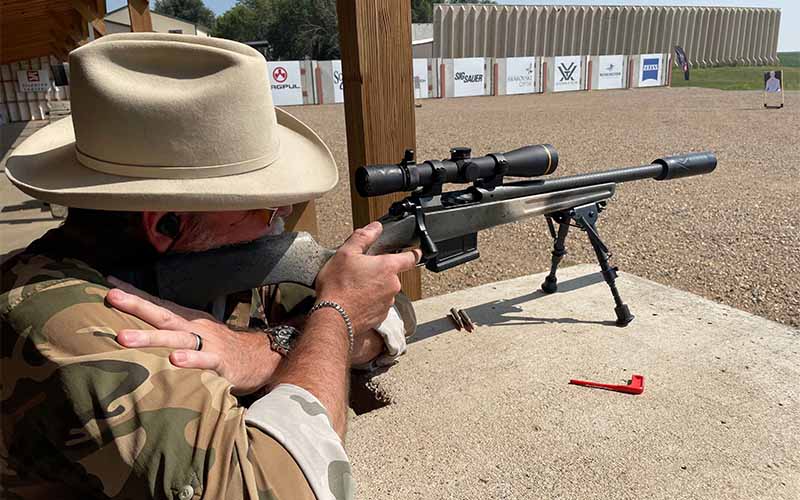
While suppressors continue to become more popular, the extensive registration and processing paperwork can have applicants waiting as long as a year for approval by the ATF. This is despite the Bureau’s recent implementation of an electronic form portal for processing applications. To address that, the same bill would direct the remaining 15 percent to the ATF’s NFA division and be strategically allocated to expedite the process of suppressor applications within a 90-day time frame. Today, the average wait time from application to suppressor delivery exceeds six months.
The rest of the ugliness surrounding suppressors is that they’re not legal to own in California, Delaware, Illinois, Massachusetts, New Jersey, New York, Rhode Island and Vermont. And there are only 41 states where it’s legal to hunt with a suppressor.
The Bad
The purchase of a suppressor and the distribution of the tax dollars you pay are the worst of it, but there are some other detractors. For starters, they’re not cheap. A good centerfire rifle suppressor starts at about $700, and the better ones can cost twice that much. Additionally, if you purchase a suppressor and decide you don’t want it anymore, selling it can be complicated, and of course whomever buys it will have to pay the same $200 tax you already paid, on the same damn suppressor.
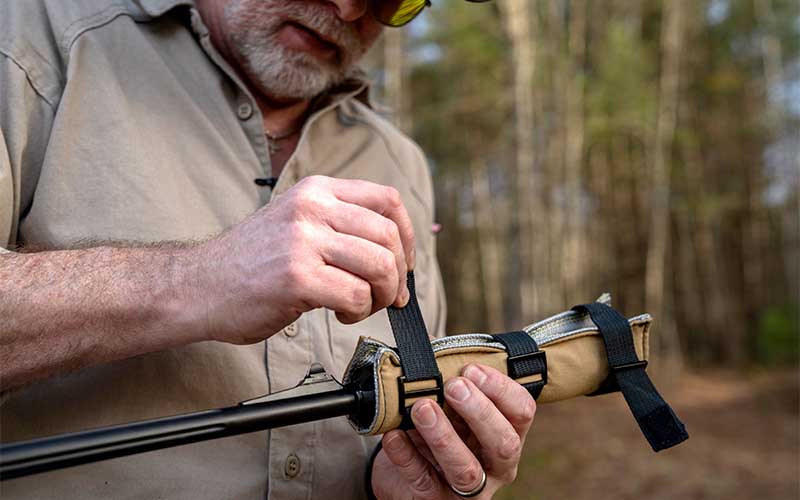
A suppressor also adds a good bit of weight to your firearm. Rimfire suppressors can be as light as 5 ounces, but some centerfire rifle suppressors can weigh nearly a pound. This makes your gun heavier, and it adds all the weight at the muzzle, which dramatically changes the firearm’s balance. If you only shoot from the bench, this isn’t a big deal. For offhand shooting, the added muzzle weight can make a rifle seem to hang on target better, but it also destroys a rifle’s handling qualities.
In addition to the weight, a can adds length. Adding 6 inches to a pistol’s barrel makes it unwieldly. The same is true when you add 7 to 9 inches to a rifle’s barrel, especially if the rifle already has a 22- or 24-inch barrel. Because of this, many new rifles are now being offered with suppressor-ready barrels that are as short as 16 inches.
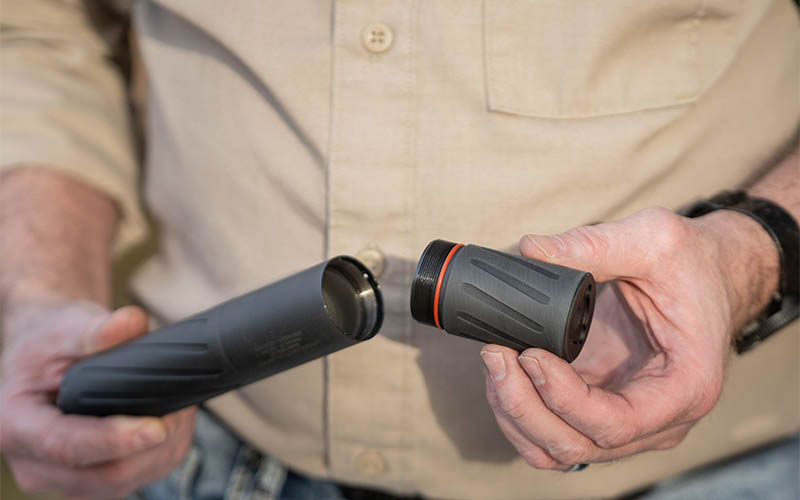
For gas-operated semi-automatic firearms, like the AR-10 and AR-15, a suppressor forces more pressured gas into the action. With this comes more carbon fouling, and more carbon fouling makes your gun dirtier. You might find that your AR will have some cycling issues with a suppressor installed unless it has an adjustable gas block. Heavier bolt carriers and different buffer springs and buffer weights can also be used to tune an AR for optimum performance with a suppressor.
The Good
The primary goodness of a suppressor is that it reduces the noise or acoustic intensity of a gunshot. However, a suppressor doesn’t “silence” a gunshot. The “silencer” term comes from the patent for the first firearm suppressor, which was invented in 1902 by Hiram P. Maxim, son of Hiram S. Maxim of machine gun fame. Ironically, the muffler for internal combustion engines was developed in parallel by Maxim. A muffler doesn’t silence an engine and a suppressor doesn’t silence a gun, but here in America you can purchase a muffler at any auto shop and walk out the door with it the same day you buy it. You cannot do that with a suppressor.
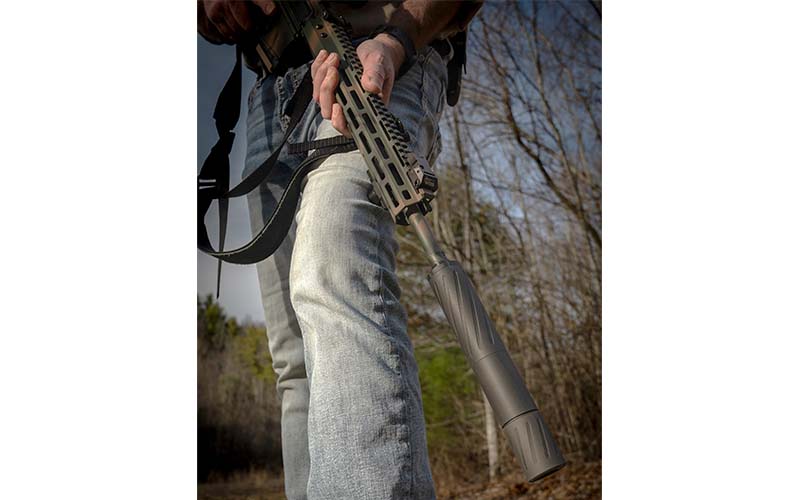
The primary goal of modern firearm suppressors is to reduce gun shots to below 140 decibels, which is considered to be hearing safe. This means that suppressors actually advance public health because they protect the hearing of those who are shooting and of others who are nearby. This makes communication on shooting ranges better, and better communication on shooting ranges makes them safer. But suppressors also reduce the noise around shooting ranges, and this makes shooting ranges less disturbing to local residents and businesses.
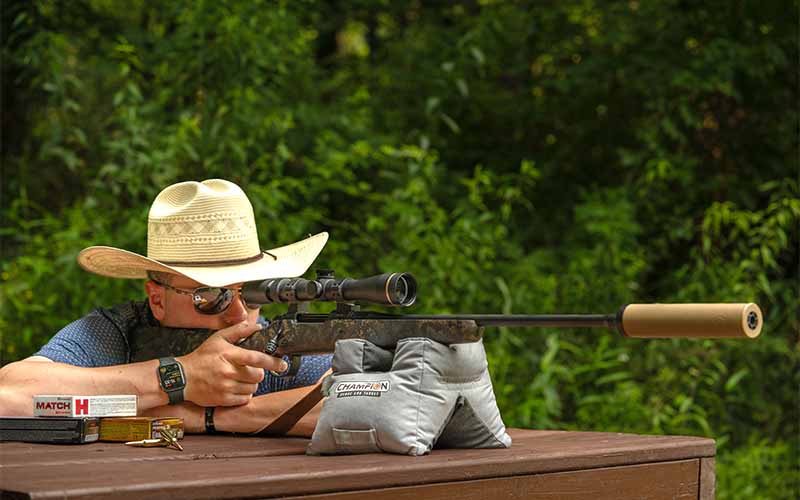
Suppressors also reduce recoil by slowing down escaping gases and reducing the reward thrust of the firearm. The added weight of the suppressor also helps reduce recoil and the tendency for the muzzle to rise after each shot. A perfect example of how you can benefit from this noise and recoil reduction is my 19-year-old daughter’s first African safari. She hunted with a 5-pound Kimber rifle in .308 Winchester using full-power ammunition from Buffalo Bore, and she only weighs 100 pounds. The reduced sound and push from the rifle allowed her to deliver accurate shots on several animals out to nearly 300 yards.
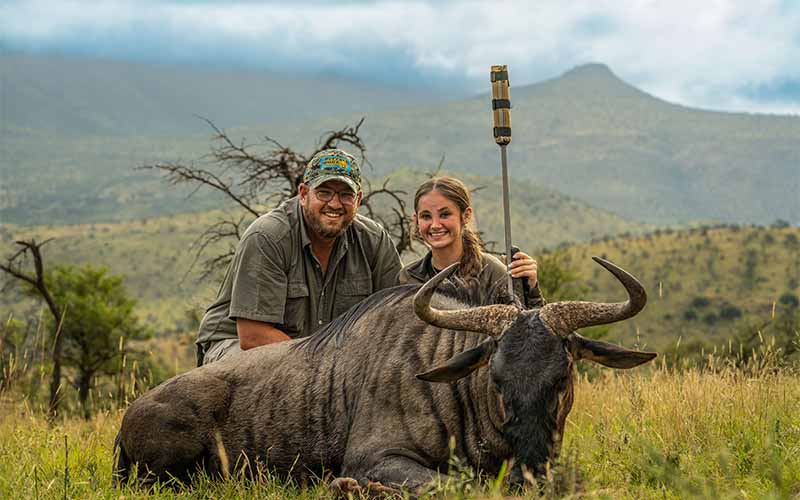
Part of her ability to deliver those good shots at distance comes from being less intimated by the noise and recoil, but it also partly comes from the fact that the recoil reduction and added weight helps to prevent movement of the rifle as the bullet is exiting the barrel. For all of these reasons, most shooters shoot more accurately when shooting with a suppressor.
There are additional benefits for hunters, because when hunting you use all your senses and with a suppressor, you don’t have to put on hearing protection before you take your shot. Plus, after the shot, your ears aren’t ringing so they’re still a usable sense. (Professional hunting guides love suppressors just as much as they hate muzzle brakes.) This reduction in muzzle blast also has tactical application with regard to noise but also in shot signature, because it eliminates the ball of fire at the muzzle and greatly reduces dust and vegetation movement that can give away a concealed position.
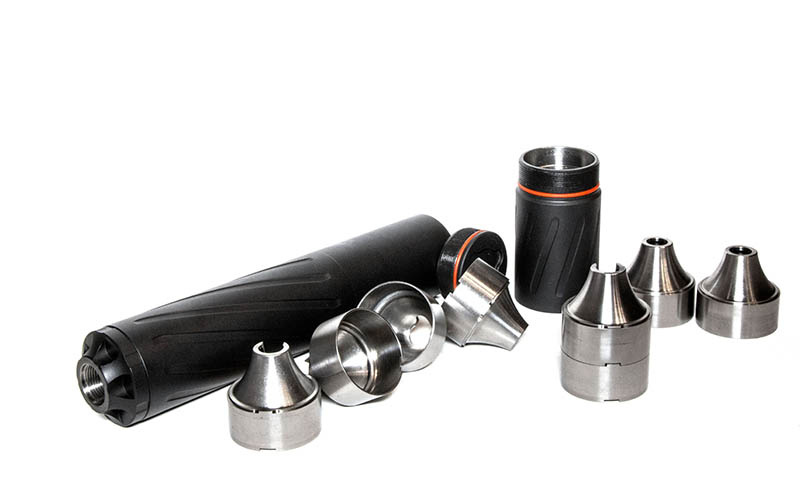
The Latest And Bestest News
As indicated in the ugly section, purchasing a suppressor can be an intimidating affair because of all the paperwork, because you’re dealing with the government and because of the wait and unfamiliarity of the process. Fortunately, a wise man who was working as a pharmacist in South Dakota has essentially solved all this.
Brandon Maddox was a shooter who liked shooting suppressed, and he felt that if he could legally distribute prescription medications all across the United States, he could do the same with suppressors. Maddox created Silencer Central. By establishing dealers in every suppressor legal state and by working with the ATF, Silencer Central can now sell you a suppressor using the telephone and the internet, and they can then ship the suppressor right to your doorstep. You never have to leave the house!
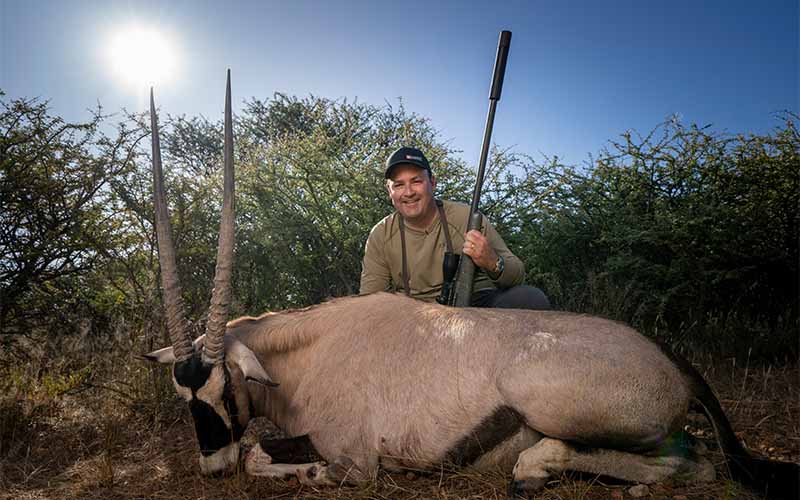
The process is 100 percent legal and extremely easy. I know because working with Zach Ely, a Silencer Central sales rep, I just went through it. Not only did Ely make everything as simple as singing up for cell phone service, but he was also extremely knowledgeable about the process and suppressors in general—he provided detailed answers to every legal and technical question I had.
And, get this: As part of purchasing from Silencer Central, they’ll create a trust for you for free. The trust actually owns the suppressor, and this means you can share it—legally—with other members of the trust. It also means that when you go to that great gun range in the sky, the transfer of the suppressor to your designee is easier.
Editor’s Note: This article originally appeared in the November 2023 issue of Gun Digest the Magazine.
More Suppressor Info:

Next Step: Get your FREE Printable Target Pack
Enhance your shooting precision with our 62 MOA Targets, perfect for rifles and handguns. Crafted in collaboration with Storm Tactical for accuracy and versatility.
Subscribe to the Gun Digest email newsletter and get your downloadable target pack sent straight to your inbox. Stay updated with the latest firearms info in the industry.
